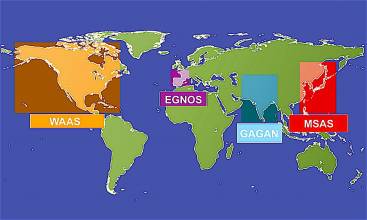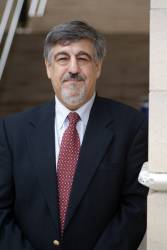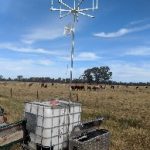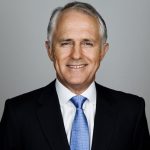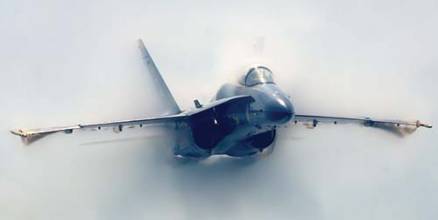Another milestone has been reached in efforts to showcase the many benefits improved satellite positioning can have on industries as the Australian Government launched a trial of Satellite-Based Augmentation System (SBAS) for the Australasian region at an event at CQUniversity Australia’s Rockhampton campus.
The launch was attended last week by the Minister for Resources and Northern Australia, Senator Matt Canavan, who said CQUniversity is leading one of more than 30 projects that will test how industries in Australia and New Zealand can benefit from improved satellite positioning technology.
“We know that working closely with industries like agriculture is the key to understanding what Australia can gain from investing in technologies that may improve positioning accuracy from the current five to 10 meters down to less than 10 centimeters,” Minister Canavan said.
The two-year trial is being funded with $12 million from the Australian Government and a further $2 million from the New Zealand Government. It is being managed by Geoscience Australia and Land Information New Zealand, in partnership with the global technology companies GMV, Inmarsat and Lockheed Martin. The Australia and New Zealand CRC for Spatial Information (CRC SI) is managing the industry projects which will demonstrate the benefits and applications of improved positioning capability.
Chief Executive Officer Dr. James Johnson said Geoscience Australia was excited to be leading a trial that is working with 10 industry sectors to test three new satellite positioning technologies, including the world-first second generation SBAS and Precise Point Positioning.
“This trial exemplifies the benefits of government working closing with industry to translate the latest in satellite positioning technology into real-world applications. It’s all about government innovation supporting and driving entrepreneurship within industry,” Johnson said.
CRC SI’s SBAS Program Manager, Julia Mitchell said to date 11 contracts have been signed with participants from a range of industry sectors across Australia and New Zealand, including agriculture, resources, transport, construction, utility and spatial.
“It is great to see interest from a range of sectors, with the projects chosen demonstrating a wide range of uses from the livestock tracking demonstrated by CQUniversity today, to community safety applications, and testing driverless and connected cars,” Mitchell said.
In September, Lockheed Martin announced that its second-generation satellite-based augmentation system (2nd Gen SBAS) testbed started broadcasting in dual frequency, multi-constellation (DFMC) during testing that was moved up from originally scheduled dates.
Early in 2017, Geoscience Australia and Lockheed Martin announced they had entered into a collaborative research project to show how augmenting signals from multiple GNSS constellations can enhance positioning, navigation, and timing for a range of applications. GNSS signals are critical tools for industries requiring exact precision and high confidence, and this new testbed was designed to demonstrate enhanced navigation performance for several critical industrial sectors in Australia.
On the scheduled date of June 1, the program reached an initial milestone by broadcasting the L1 legacy SBAS, which broadcasts similar messages to what Wide Area Augmentation System (WAAS) and EGNOS are broadcasting, said Bob Jackson, Global SBAS Project Lead with Lockheed Martin.
“The next big milestone was going to be broadcasting for the first time of dual frequency multi-constellation SBAS using GPS L1/L5 and Galileo E1 and E5a,” Jackson told Inside GNSS in September. “We actually overachieved and the first broadcast was earlier this week, so we’re pleased.”
Also, for the first time, Lockheed Martin says it’s broadcasting precise point positioning capability off an SBAS satellite, on both L1 and L5.
“Basically, whenever you’re running a program, sooner is better,” Jackson said. “You want to get as much information as you can as soon as you can. So, we’re quite pleased at how the team has worked very well together to accomplish this.”
For more background on the SBAS research projects, read: “Geoscience Australia, New Zealand, Lockheed Martin all Part of Second-Generation SBAS Research Project” by clicking here.

